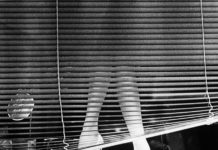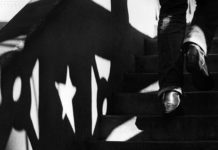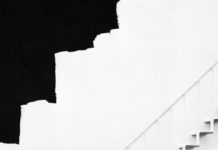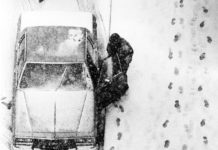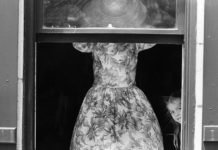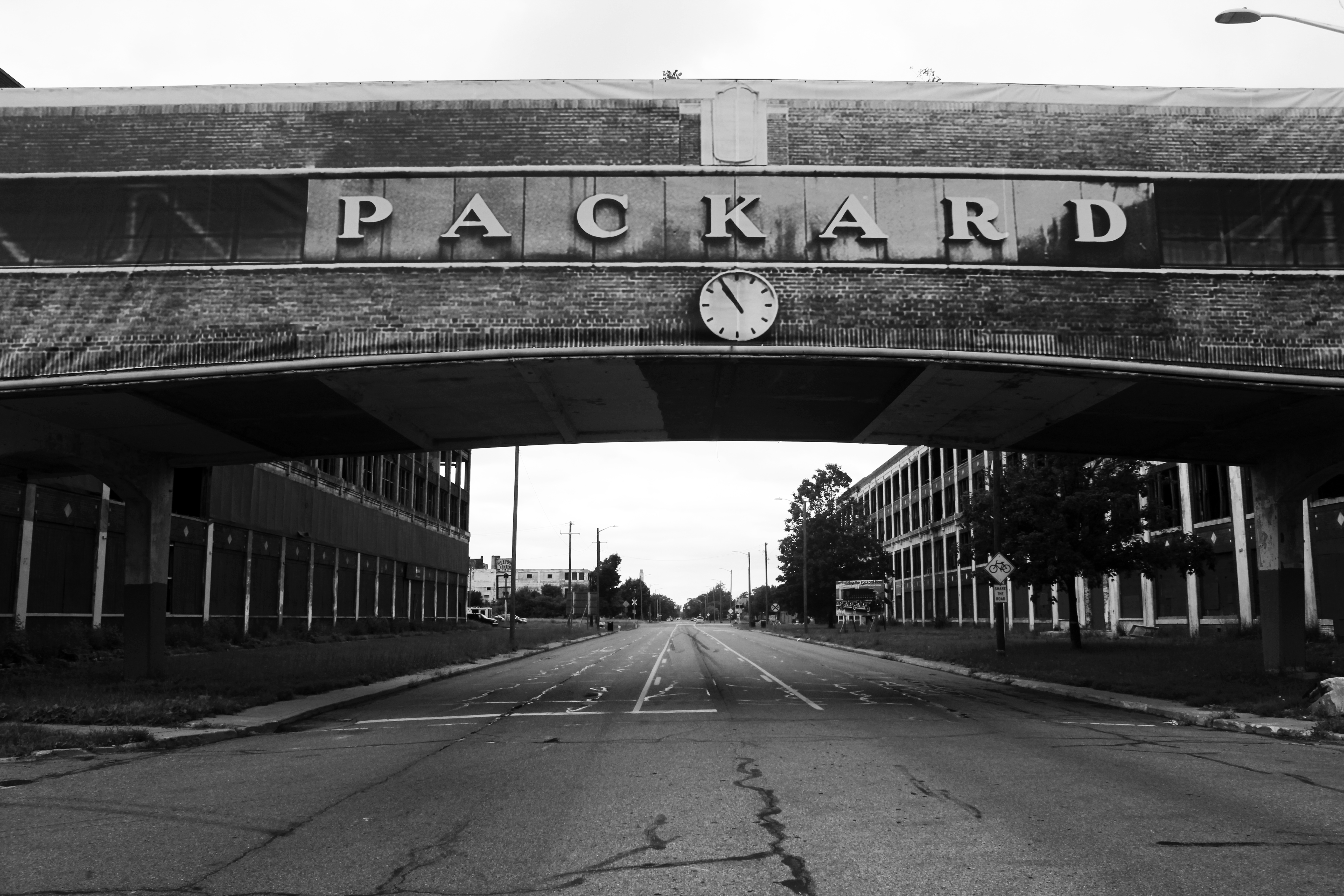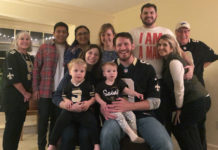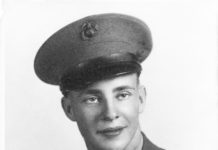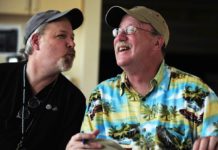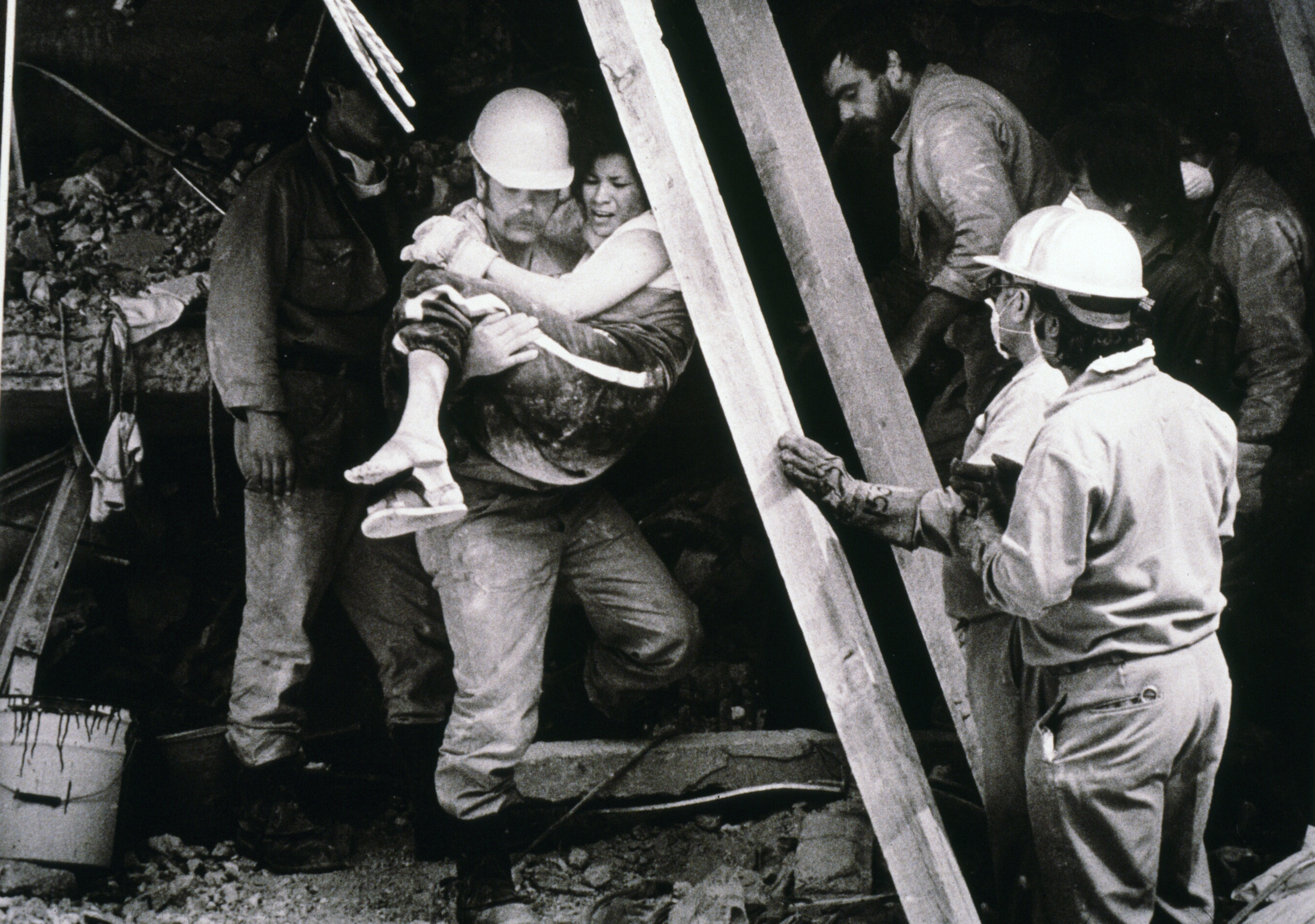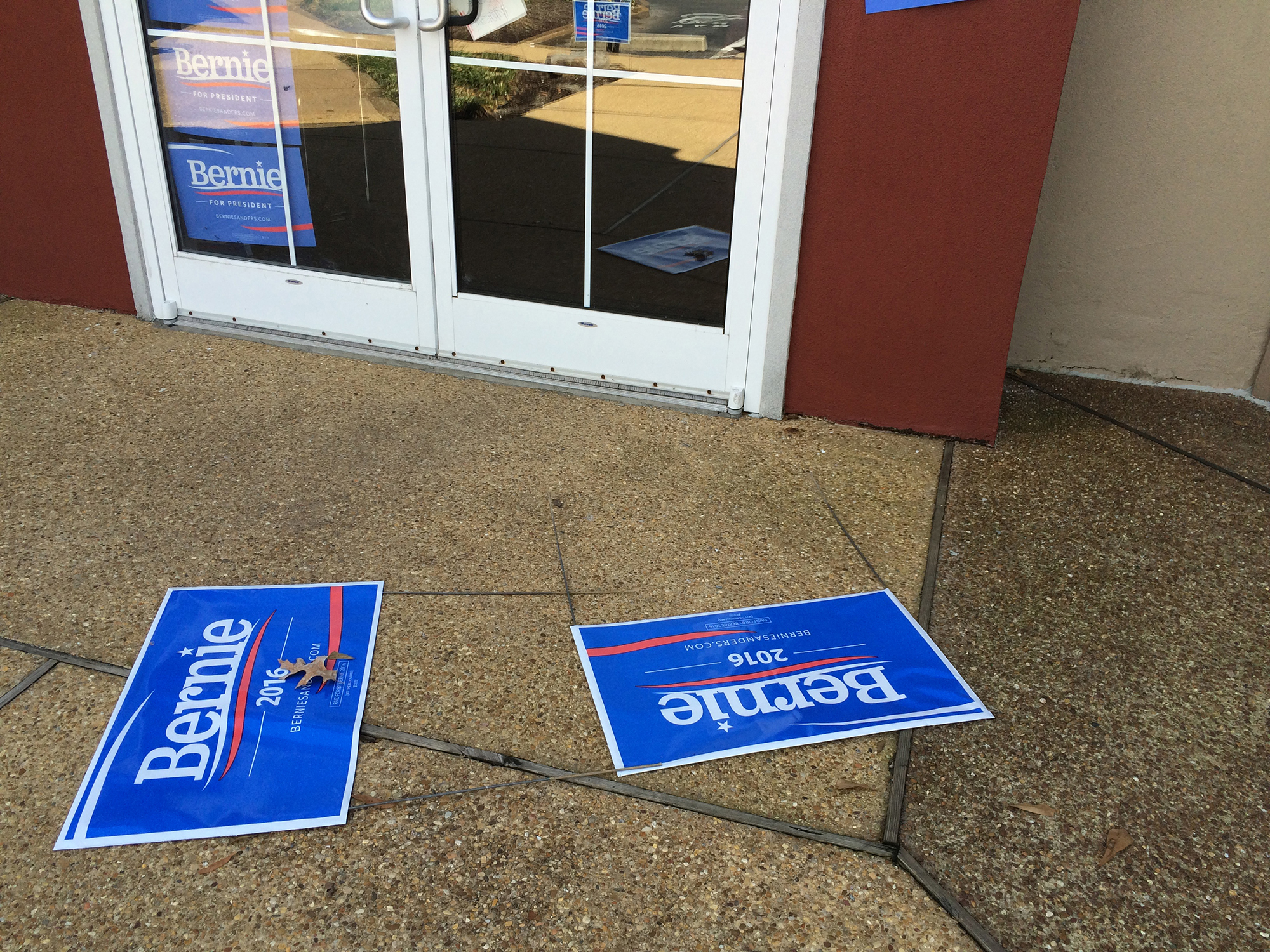Sometimes the best lessons are in the bad stuff
©Scott Sines —
Sorting and editing through forty years of news pictures/stories I’ve got this group of spot/breaking news pictures that have to be dealt with before I can move on. I’ve been sitting on them for a while because I can’t quite figure out what to say about them. They’re no fun to look at and they weren’t any fun to shoot either.
At the same time it’s important to recognize that there are significant things, sometimes horrific things that happen in every community over time. Those things need to be well documented, their lessons explained, learned and remembered. I guess the bad times probably teach us a lot more than the good. It doesn’t make it any easier for anybody and it doesn’t seem like enough to say ‘it goes with the territory’ but it does.
About the picture:
Earthquake, Mexico City, September 1985 — We were pretty well connected in the city so when the first quake (7.5) hit we knew about it right away. I think we got Bob Owen and Patricia Sullivan on the way immediately. When the second one hit a couple of days later the newspaper sent me down. The city is built on top of an old lake bottom and the subsoil is unstable kind of like month-old pudding so even though the epicenter was over 200 miles away the city shook furiously.
To this day, the death toll is unknown. About 5,000 bodies were recovered from the debris so that is considered the legally certified death count but it doesn’t include those who were missing and never recovered. Other reports have numbered the dead anywhere from 5,000 to 45,000. The most commonly cited figures are around 10,000. For comparison there are a total of 6831 casualties combined in the Afghanistan and Iraq wars so far.
Whatever the number it was enough to force the government to convert a baseball field into a makeshift morgue. To gain entrance everyone had to pass through a medical station where staff was using alcohol and cotton balls to sterilize and reuse needles to inject typhus and tetanus vaccines. The bodies were lined up in rows and totally covered in ice except for the faces so family members could walk through and identify relatives. I have the negatives but honestly I’ve never shown them to anyone except a few editors at the Express-News. They were important pictures to take so that editors would know just how bad the situation was, even though they were never published.

